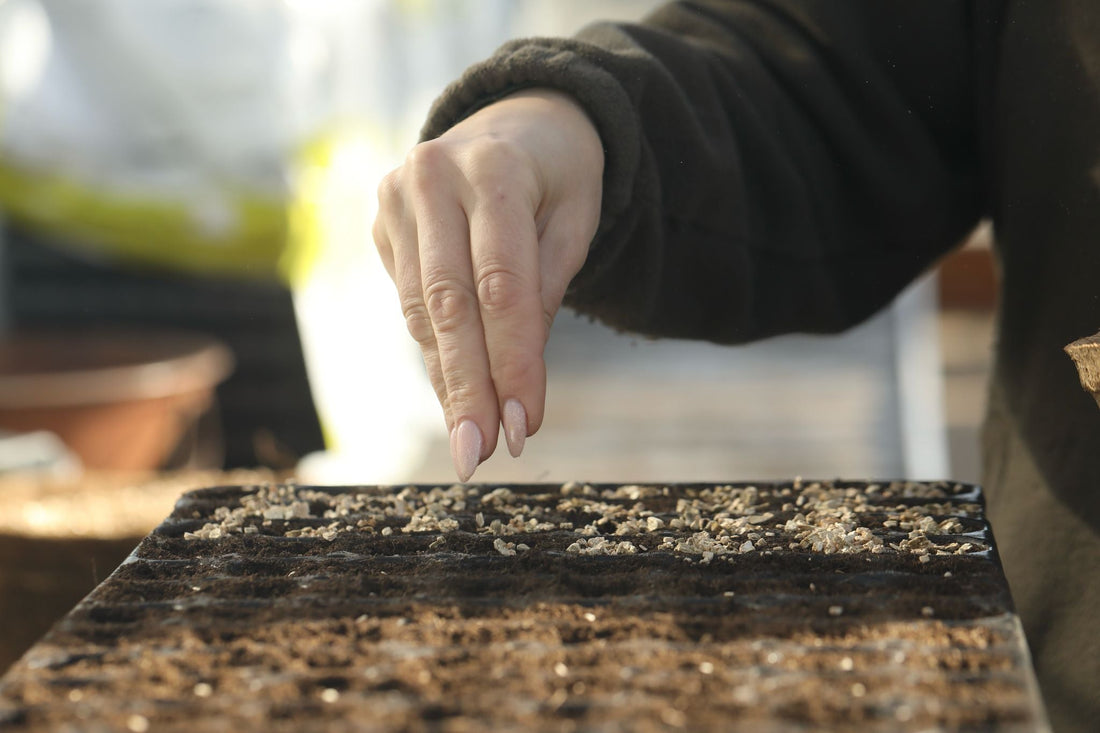As the hot, dry weather continues, maintain a focus on thorough watering while also turning your sights to winter sowing and preparations.
Surviving the Sun
As most of the country has had prolonged spells of very warm, dry weather, you do need to be particularly attentive to your garden. Watering is key and, to do the best for your plants and to avoid wasting water, it is best to water at the base of the plant in the early morning or evening. Avoid watering during the heat of the day as a lot of the moisture will evaporate, plus it can scorch petals and mark fruits. For most plants, is better to give them a really good soaking, three to four times a week rather than a light water every single day.
Staying Hydrated
Fruiting vegetable plants such as courgettes, squash, cucumbers, and tomatoes, contain a huge amount of water themselves so they do need quite a lot of watering to keep them tender.
For young apple trees, it’s a good idea to give them a bucket or two of water once a month to maintain the health and vibrancy.
If you’re growing any beans, once you see the flowers developing, keep those plants well-watered too. This will help to produce an abundance of beans. Keep twiddling them up the poles to make it easier to harvest.
Ready for Winter
If you planted onion sets or garlic, now is the time to lift and dry them for the winter. You do that by putting them in a very sunny spot, lay them out in a single layer, and possibly turn every other day – eventually the tops will dry after a couple of weeks. The ideal way to store is to plait them, otherwise snip off the tops and store them in a cool dry place and they should last through the winter.
Autumn vegetables such as chard, beetroot, - autumn supply of parsley, fennel – need to be sown late July, ready to harvest in September/October and will last until the first frost.
Time to Sow
If you haven’t already started growing any kales, savoy cabbages, and leeks, now is the time to do it. Make sure those are well-watered and keep an eye out for cabbage white butterflies laying eggs on the plants.

